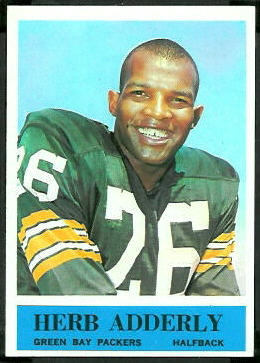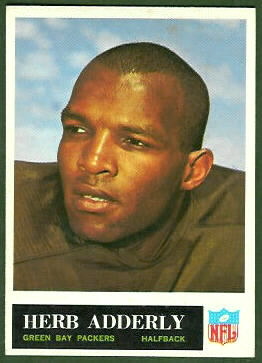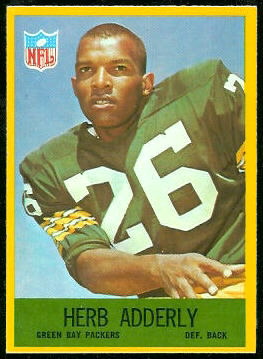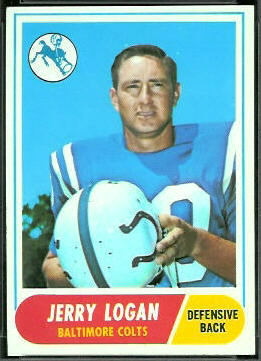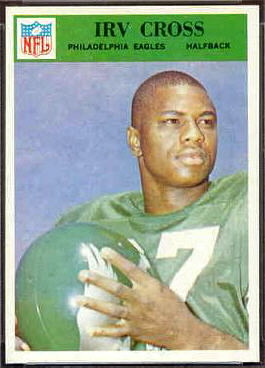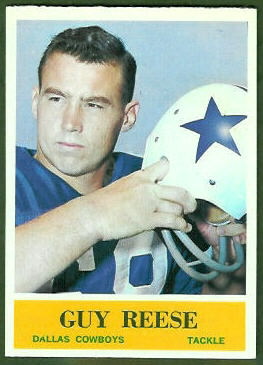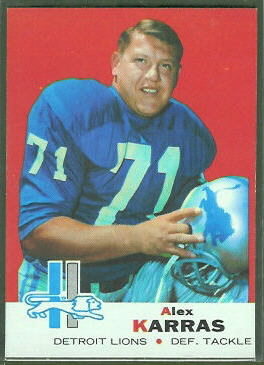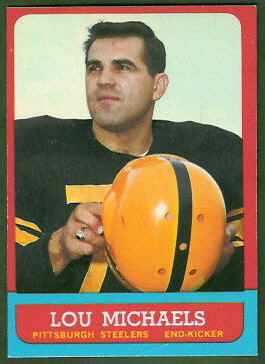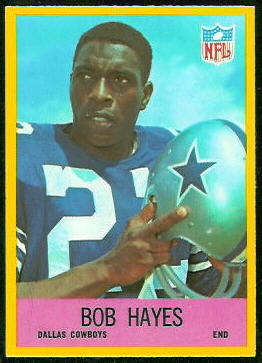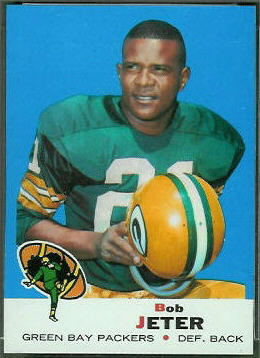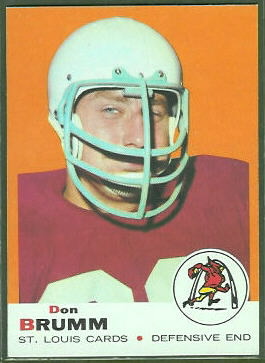Where Did All the Packers Go?
August 22nd, 2009 | Published in Football Card Oddities
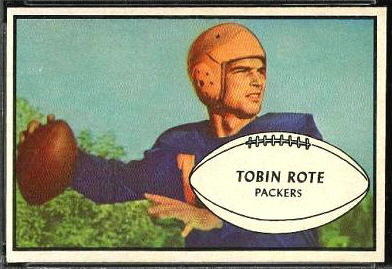
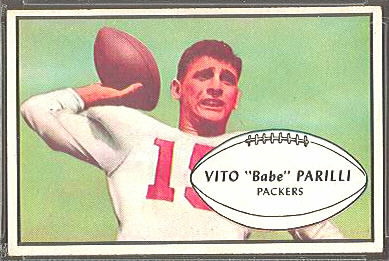 Pictured here are all of the Green Bay Packers in the 1953 Bowman football card set. That’s right, it’s just the two quarterbacks, Tobin Rote and Babe Parilli. What happened to the rest of the players?
Pictured here are all of the Green Bay Packers in the 1953 Bowman football card set. That’s right, it’s just the two quarterbacks, Tobin Rote and Babe Parilli. What happened to the rest of the players?
When I saw that the set had only two Packers, I thought it must be a mistake, but I double-checked and found that it was correct. Why, I wondered? Had the Packers been terrible in 1952? No, according to pro-football-reference.com, they went 6-6. Were Rote and Parilli the only good players on the team? Well, no, Bill Howton had 13 touchdowns and 1231 yards receiving in 1952. Bob Mann had a respectable 517 yards receiving in 1952, and he had had a 1000-yard season with the Lions in 1949. Deral Teteak was a Pro Bowl linebacker in 1952. These guys were certainly worthy of being on cards.
What other reason might there be? If it wasn’t that the Packers were bad, might Bowman have allocated most of the cards to the top few teams? No, that’s not the way it broke, either. The largest number of cards for a team–12–went to the Chicago Cardinals, who were 4-8 in 1952. Here are the number of cards each team had in the 1953 Bowman set, along with their 1952 record:
| Team | 1952 Record | Number of 1953 Bowman cards |
|---|---|---|
| Detroit Lions (1952 Champs) | 9-3 | 10 |
| Los Angeles Rams | 9-3 | 4 |
| Cleveland Browns (Lost to Lions in 1952 Championship) | 8-4 | 10 |
| New York Giants | 7-5 | 10 |
| Philadelphia Eagles | 7-5 | 9 |
| San Francisco 49ers | 7-5 | 4 |
| Green Bay Packers | 6-6 | 2 |
| Pittsburgh Steelers | 5-7 | 10 |
| Chicago Bears | 5-7 | 10 |
| Chicago Cardinals | 4-8 | 12 |
| Washington Redskins | 4-8 | 10 |
| Baltimore Colts (Dallas Texans in 1952) | 1-11 | 5 |
Looking at the 1952 league leaders, other omissions stand out: Dan Towler, who led the league in rushing in 1952, did not have a 1953 Bowman card. Joe Perry was third in rushing, and he did not have a card, either. Dick Lane (also see D is for Defensive Players) had 14 interceptions in 1952–still a record–and he did not have a card.
So I’m mystified: Did Bowman have contract problems with the Packers, Rams, and 49ers? Was it difficult to deal with remote teams? (Bowman was based in Philadelphia.) There were only 96 cards in the set, compared to 144 in Bowman’s 1952 sets–had they expected to print another series?
Oh well, I have never been fond of this issue, anyway. (See my posts on the early Bowman sets and the NFL’s use of white footballs.) The odd player selection is just another reason to dislike it. The 1952 Bowman Large set is a classic, and I continue to be surprised that the 1953 set fell so far.
